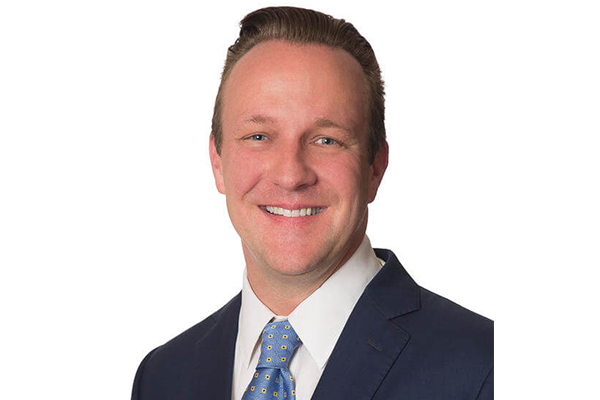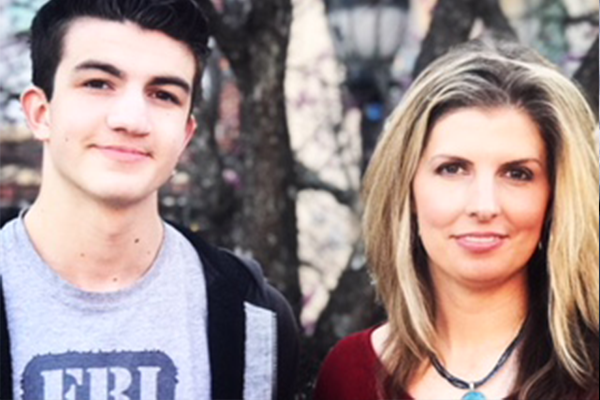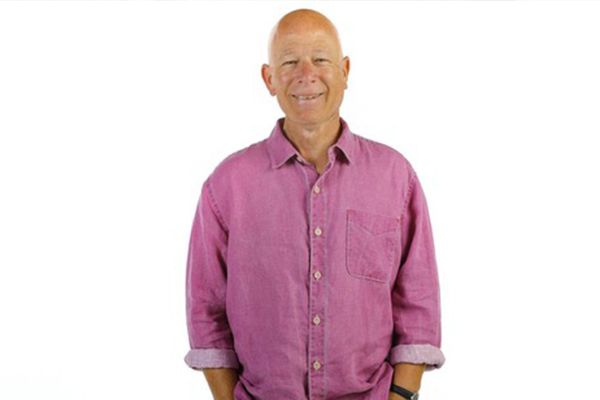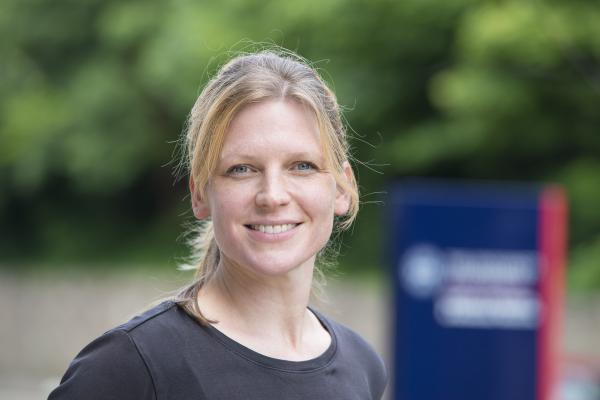News
Dr. Marc Hurlbert Joins MRA as Chief Science Officer
By Cody Barnett, MPH, MRA Senior Director of Communications & Patient Engagement | 20 November 2018 In Science
Dr. Marc Hurlbert has built his career advancing medical research in support of patients. Now, as of this month, he will translate his skills, relationships, and enthusiasm to achieving our mission of ending death and suffering due to melanoma as MRA’s Chief Science Officer.
When Astrophysics & Melanoma Collide
By Cody Barnett, MPH, MRA Senior Director of Communications & Patient Engagement | 16 November 2018 In Science
Using lessons, processes, and tools from the field of astrophysics, Dr. Taube is studying melanoma in all new ways.
Improving the Lives of Melanoma Survivors
By Cody Barnett, MPH, MRA Senior Director of Communications & Patient Engagement | 15 October 2018 In Prevention, Science
Melanoma survivors are at a 9-fold increased risk of developing another melanoma. Unfortunately, 20% of survivors reported a sunburn in the past year and 10% intentionally went outside for a tan – both strong predictors of inappropriate sun exposure.
Older Patients Do Better on Immunotherapy
By Cody Barnett, MPH, MRA Senior Director of Communications & Patient Engagement | 8 October 2018 In Science, Treatment
In Dr. Weeraratna's study, older patients did better on immunotherapy than younger patients. This surprising result is the opposite of what was expected.
For Kimberly, Clinical Trials Were a Leap of Faith
1 October 2018 In Melanoma Stories
Kimberly was just 19-years-old when she noticed the black “freckle” on her foot. But it wasn’t until she was 22-years-old and pregnant with her first child that her “freckle” became a cause for concern.
Ipilimumab Cured Dan Engel He’s Committed to Paying it Forward
By Cody Barnett, MPH, MRA Senior Director of Communications & Patient Engagement | 24 September 2018 In Melanoma Stories
Dan needed a miracle. At this point, he’d had six surgeries on his neck, endured radiation therapy, and been enrolled in five clinical trials. Dan’s miracle came in 2006 in the form of an experimental drug, ipilimumab or anti-CTLA4 antibody, that would later be named Yervoy. This drug would later become the first new FDA-approved melanoma treatment in 13 years.
Right Place, Right Time, Right Trial
10 September 2018 In Melanoma Stories, Treatment
Jonathan is cancer free because he was in the right place at the right time to be enrolled in a clinical trial. Read his story.
Are you #SunSavvy365?
By Cody Barnett, MPH, MRA Senior Director of Communications & Patient Engagement | 4 September 2018 In Allies & Partnerships, Prevention
It’s easy to think of sunscreen when you are lounging by a pool, but did you know that it’s important to protect yourself and those you love every day of the year? That’s why MRA partnered with the Melanoma Action Coalition to create #SunSavvy365, a social media campaign that reminds us to protect our skin whether we are making sand castles or snowmen.
Using Zebrafish to Shed New Light on Melanoma
By Cody Barnett, MPH, MRA Senior Director of Communications & Patient Engagement | 29 August 2018 In Science
Dr. Liz Patton, a MRA-funded cancer researcher at the Medical Research Council Human Genetics Unit at the University of Edinburgh, is fascinated by learning how things work. Patton has focused her research on better understanding how melanocytes – the cells in our skin that provide us our coloring – develop, divide, migrate, and in some unfortunate circumstances, proliferate uncontrollably turning into melanoma. Her work is providing critical insight into the origin of melanoma and what spurs melanoma to spread throughout the body.
Barriers to Safety: The Push for Sunscreen Access in Schools
17 August 2018 In Prevention
Why are there laws against having sunscreen in school in over half of U.S. states? All it takes is one sunburn during childhood to doublethe risk of melanoma in adulthood. And yet, as of July 2018, only 16 states have passed laws that allow kids to have sunscreen in school. This is a serious problem with a common-sense solution, so what’s the hold up?










